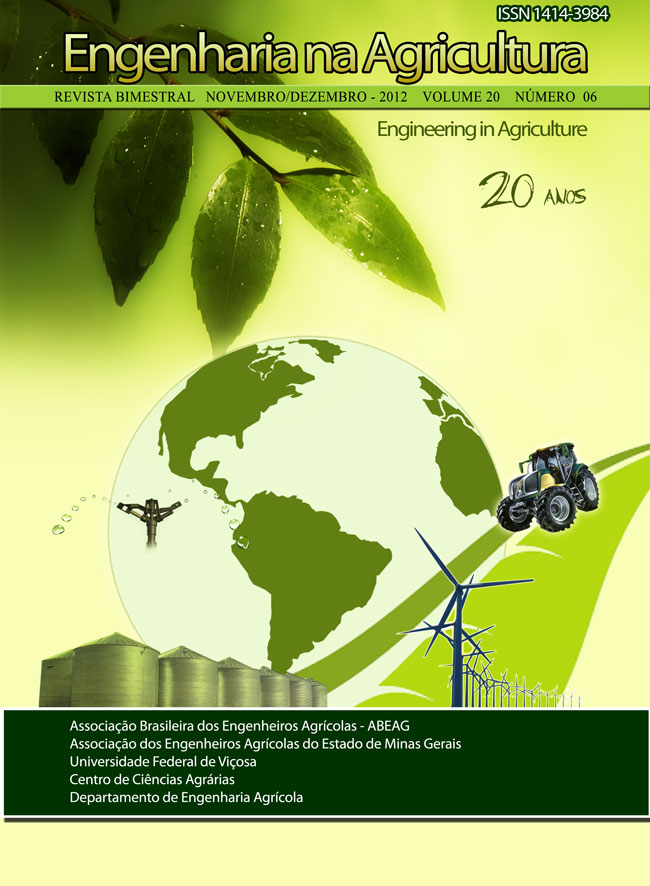EFFICIENCY OF MACROPHYTES EICHHORNIA CRASSIPES (MART .) SOLMS. (WATER HYACINTH) AND PISTIA STRATIOTES L. (WATER LETTUCE), GROWN IN DIFFERENT MATERIALS IN THE WASTEWATER TREATMENT SANITARY
DOI:
https://doi.org/10.13083/reveng.v20i6.374Keywords:
contaminação, tratamento alternativo, polietileno, amiantoAbstract
The human activities can accelerate the rate which the nutrients enter in the ecosystems. As a result, the volume and quality of drinking water living in the nature have been decreasing gradually, with consequent intensification of the environmental degradation. These changes result in water shortages in several regions of the world, difficulting the care for multiple uses to which it is intended. The treatments of macrophytes have low construction costs, it consumes little or none amount of electrical energy, it can be operated by people without high technical level. The objective of this study is to evaluate the effectiveness of aquatic macrophytes Eichhornia crassipes (water hyacinth) and Pistia stratiotes (water lettuce) in gross domestic wastewater treatment, in hydraulic retention time (HRT) varied (0, 7, 14, 21 and 28 days), and cultivated in asbestos boxes and polyethylene. It was tested four treatments EA (E. crassipes and asbestos boxes), EP (E. crassipes and polyethylene box), PA (P. stratiotes and abestos box) and PP (P. stratiotes and polyethylene box), with six replicates. Among treatments tested were able to verify that E.crassipes is more efficient to remove BOD and COD. It was removed 28.4% of COD (EA) and 53.37% of BOD (EP). For removal of STD there was no significant difference between macrophytes and the material of boxes under study.Downloads
Downloads
Published
How to Cite
Issue
Section
License
Authors who publish with this journal agree to the following terms:
The author(s) authorize(s) the publication of the text in the journal;
The author(s) ensure(s) that the contribution is original and unpublished and that it is not in the process of evaluation by another journal;
The journal is not responsible for the views, ideas and concepts presented in articles, and these are the sole responsibility of the author(s);
The publishers reserve the right to make textual adjustments and adapt texts to meet with publication standards.
From submission, the author is fully conceding the paper's patrimonial rights to the publication, but retaining the owner of its moral rights (authorship and paper's identification) according to Creative Commons Attribution-Noncommercial.








 Licensed by
Licensed by 